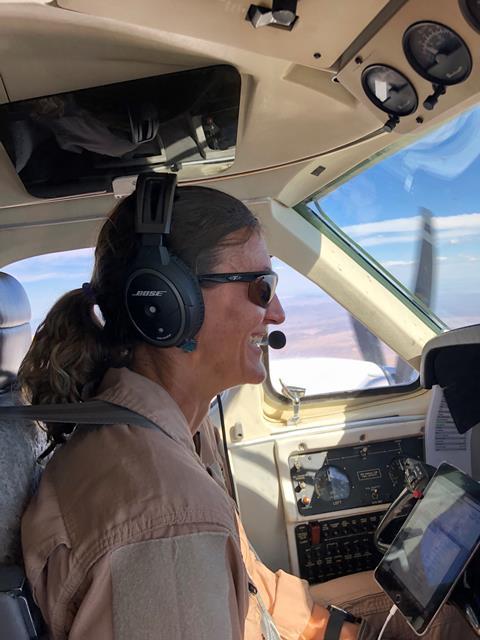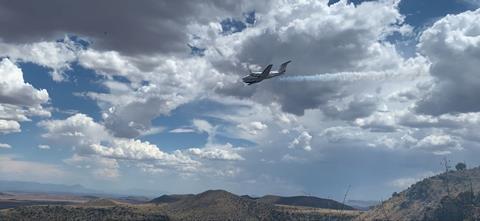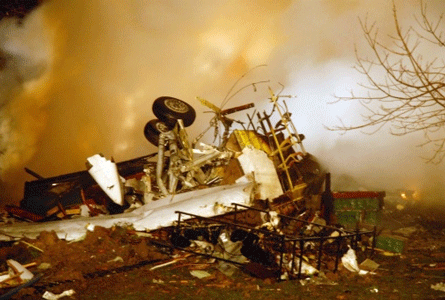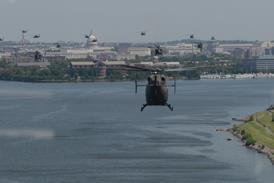Lisa Allen, a leadplane pilot for the US Department of the Interior’s Bureau of Land Management National Aviation Office, has 22 years of firefighting experience on the ground, including as a smoke jumper, and in the air as a pilot. She flies a Beechcraft Super King Air 200, and has more than 2,000h total flight time
As aerial firefighters, our main purpose – whether it’s the leadplane pilots, the air attacks, the air tankers, scoopers, helicopters, even unmanned air systems pilots – is to support the people on the ground however we can, from getting supplies, to delivering retardant, delivering water, carrying out mapping or taking video. My job as a leadplane pilot is to increase the safety, effectiveness and efficiency of the use of the air tankers and the helicopters.
No two fires are ever the same. The only thing that is predictable is the unpredictability of what you are going to be doing.

As the leadplane, I go down quite low to co-ordinate with the crews on the fireline. We devise the strategy, tactics and objective for the mission. I find out where they want the retardant to go. While the tankers are loading and returning from their base, I stay on scene and fly the run, figure out the heading and altitude, check the hazards, and scout the exit. I need to get down into that environment to test it out and see, is it too turbulent? Is it too smoky? Is it too windy for us to do this job? It’s a collaborative effort, and if we’re not being effective or the conditions are not conducive to using the resources effectively, we’ll shut the operation down.
By being overhead all the time, I can see what the smoke and the wind is doing, I can see what the turbulence is like and have that plan already in place. Even though I’m working a single pilot , the crew resource management is across all of the aircraft in the airspace.
When the tanker comes, I clear it into the airspace, talk them through the run, then they trail behind me between a quarter and a half mile and we do the run. They go back to base, and I stick around and do the same thing with the next tanker.

We have three classifications of air tankers. The single-engined air tractors will drop to an altitude of 60-90ft, so I will get that low if I am leading them. I don’t want to be above their drop height because my wake turbulence would be a problem. The large air tankers, like the Avro RJ85/BAe 146, Lockheed Martin C-130 and McDonnell Douglas MD-87, drop from about 150ft. The very large tankers, like the Boeing 747 and McDonnell Douglas DC-10, are dropping from 250ft.
It’s one landing pattern after another to a continuously changing runway. I could be leading a DC-10 at 150kt (278km/h), and the next run I’ll be leading an air tractor at 105kt. It’s a lot of stick and rudder flying - no autopilot here, just hand flying in a constantly changing environment.
I am so fortunate to get to do what I do - and I love it. I get to fly over amazing places and I work with people who are extremely skilled. The things that air tanker pilots do with these aircraft is just mind-boggling.
Lisa Allen spoke to FlightGlobal’s Pilar Wolfsteller



























